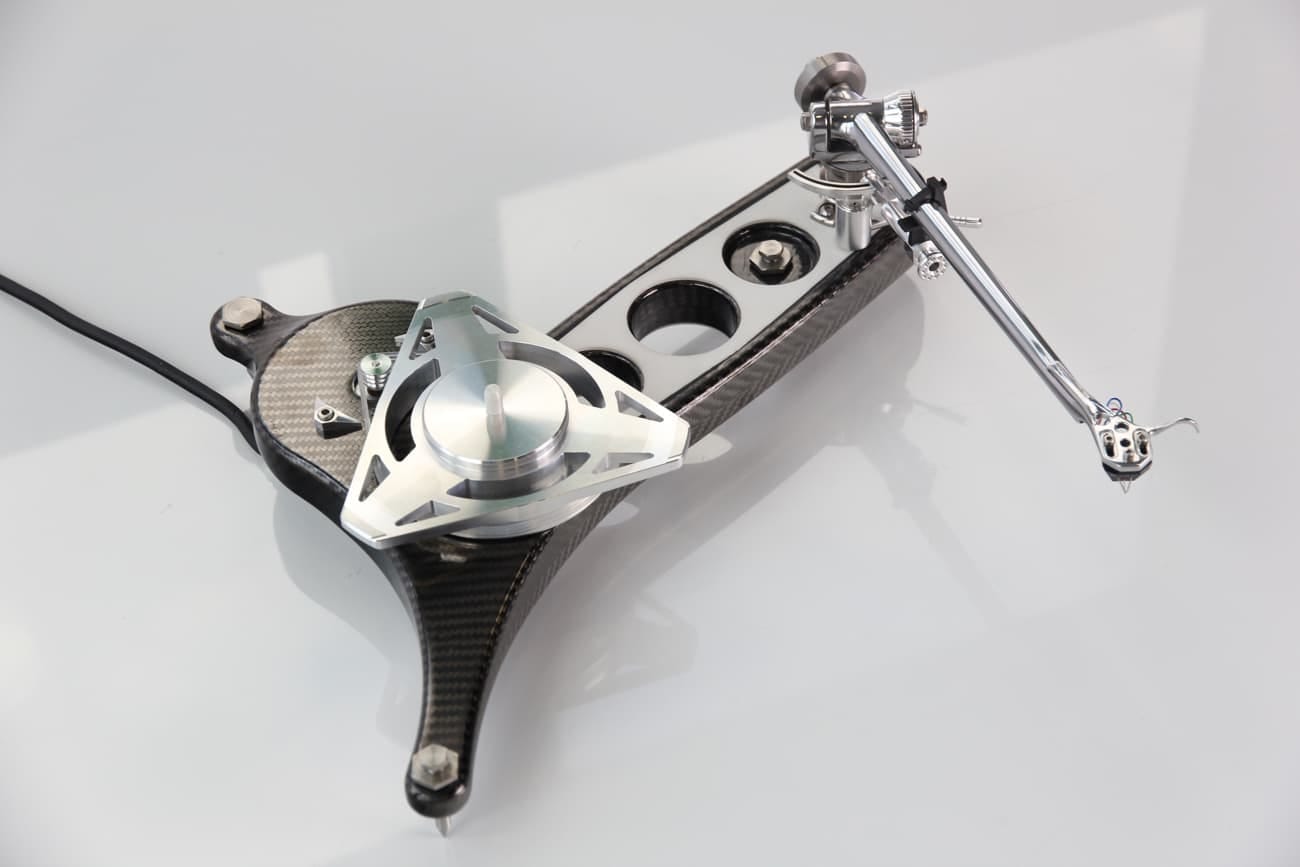
With the recent release of the legendary low-mass Naia turntable, it's high time we talked about the turntable that started it all: the proprietary Rega Naiad.
Rega has been an industry leader in hi-fi equipment since 1973. Since their founding, the company has been known for developing high-end tonearms and turntables that consistently set new standards in audio performance. The British manufacturer upholds a dedication to quality and affordability.
In 2010, Rega started a project that was designed to push their foundational philosophies and design principles to the extreme: the Naiad turntable. Initially intended to be a proof-of-concept, the company only planned on producing a few models. The idea was to conduct an experiment in turntable engineering and produce an example of what could be accomplished with no limitations of production cost or consumer affordability. It was a quest to build a product unlike any other -- a masterpiece.
To do so, however, Rega had to overrule some of their long-followed principles, including a development philosophy to only change one thing at a time when designing new turntables. Rega has stated that it "took a huge emotional, financial and practical change to decide to build a 'test bed' turntable that incorporated all our experiences, theories, research technology and philosophies regardless of cost."
They Didn't Do It Without Help
Luckily, the decision was well-timed, as many parts manufacturers in the UK were in the midst of a lag at the time and were more than happy to donate research time. One ceramics engineering company produced a one-piece aluminium oxide main bearing bush that served to be critical in the new turntable design. Achieving that alone wasn't enough, and they even went on to produce the part again in zirconium dioxide, providing samples with bearing clearances in one-micron steps.
Rega also pays tribute to one special mechanical engineer at a company specialising in carbon fibre composites for the Formula 1 and Ministry of Defence industries, who happened to have interest in vinyl. Understanding concepts like minimal internal stress and low mass, Rega says he had a "significant impact on our design of a stress-free carbon/ceramic composite plinth.
The Making of the Naiad
The Naiad pushes the boundaries of stiffness and low mass, no stress and spreading resonances, and micron-level accuracy. With the elimination of affordability concerns, Rega discarded concepts of magnet bearings, air bearings, and high mass that didn't apply to microscopic vibration measurement.
In two years, the company had assembled more than £100,000 worth of parts. They finished the model with a tonearm and power supply from the P9, and named it Naiad. According to Rega, the name comes from an "almost unknown and challenging piece of piano music that can sound boring and urbane or dreamlike and ephemeral depending on how it was played."
Unique features of the Naiad include an ultra-lightweight carbon fibre plinth with ceramic braces and a Rohacell foam core, an Aphelion 2 MC cartridge, an RB titanium tonearm, and a new ceramic flywheel effect platter. The model also has automatic calibration for speed and a test facility built-in, as well as a zirconia toughened alumina (ZTA) spindle and bearing assembly. All of this is encased within a precision machined aluminium hub, and is paired with a custom made carbon fibre cantilever designed wall bracket.
The end result of all their hard work was quite literally astounding. Once big distributors heard the Naiad at work, they wanted to see more models produced. Rega was under significant pressure to make a quantity exclusively for distributors -- so they did. Initially wanting to produce 40 models to celebrate 40 years of Rega, they ultimately landed on 50. As of today, Rega has sold over 30 Naiad models at £29,999 each.
A Legacy Continued
The great success of the Naiad and engineering feats accomplished during its production inspired Rega to use the same principles to create a completely new five-model turntable range.
They first invested in the tooling for a phenolic resin platter for the new RP1. Although the Naiad did not feature phenolic resin for any parts, its performance served as a proof-of-concept for Rega's unique design principles.
As for the RP8 and RP10, they used the same foam/laminate stressed skin combination for the plinth as they used in the Naiad. While it was expensive, the company decided that it was well worth it for the sonic performance. The Naiad also demonstrated that the RB1000 arm was too heavy and required a massive reduction in weight to avoid a sharp change in mass at the plinth/arm junction. The RP10 plinth weighs a mere one-seventh of the Planar 9 plinth. After using it for the Naiad, they also reinvestigated the P9 power supply and developed modern techniques to synthesis the main supply frequency for a variety of models, including the RP6, RP8, and RP10, as well as the Planar 6, Planar 8, and Planar 10.
Rega ultimately decided to extend the legacy of the Naiad with the release of the "ultimate Rega turntable", the Naia, which uses the design concepts and technology established with the Naiad at a consumer-friendly cost.
Image credit: Rega






